The First Settlers
Pierre Frechette Navarre
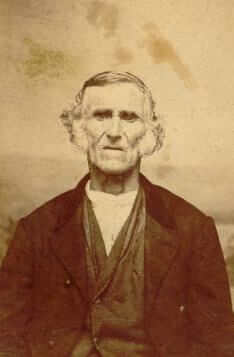
The first settler of European descent to settle in present-day St. Joseph County was Pierre Navarre. Mr. Navarre was of French descent, well educated, and moved to St. Joseph County from Monroe, Michigan, in 1820. At the time of this move, Mr. Navarre was an agent for the American Fur Company. Prior to Mr. Navarre settling in St. Joseph County, he had trapped and traded furs among the Native Americans who lived in the area. But in 1820 he lived permanently in South Bend and opened a standing trading post.
Pierre married a Potawatomi woman named Angelique Kechoueckquay (pronounced Ke-show-a-kwae) and had six children (and, possibly, ten children), three sons and three daughters. Pierre and his new family built a log home, the first home to be erected in the county, on the north side of the St. Joseph River, now in South Bend. Mr. Navarre located his home on a trail in which Native Americans traveled and traded every spring and fall to reach the other posts along the river, down to Lake Michigan. This brought Pierre ample amounts of furs, maple sugar, baskets, and other articles. He was very loyal to the Potawatomi tribe, and when they were forcibly removed from the Michiana area in the 1840s, he traveled west with the tribe but afterward returned home.
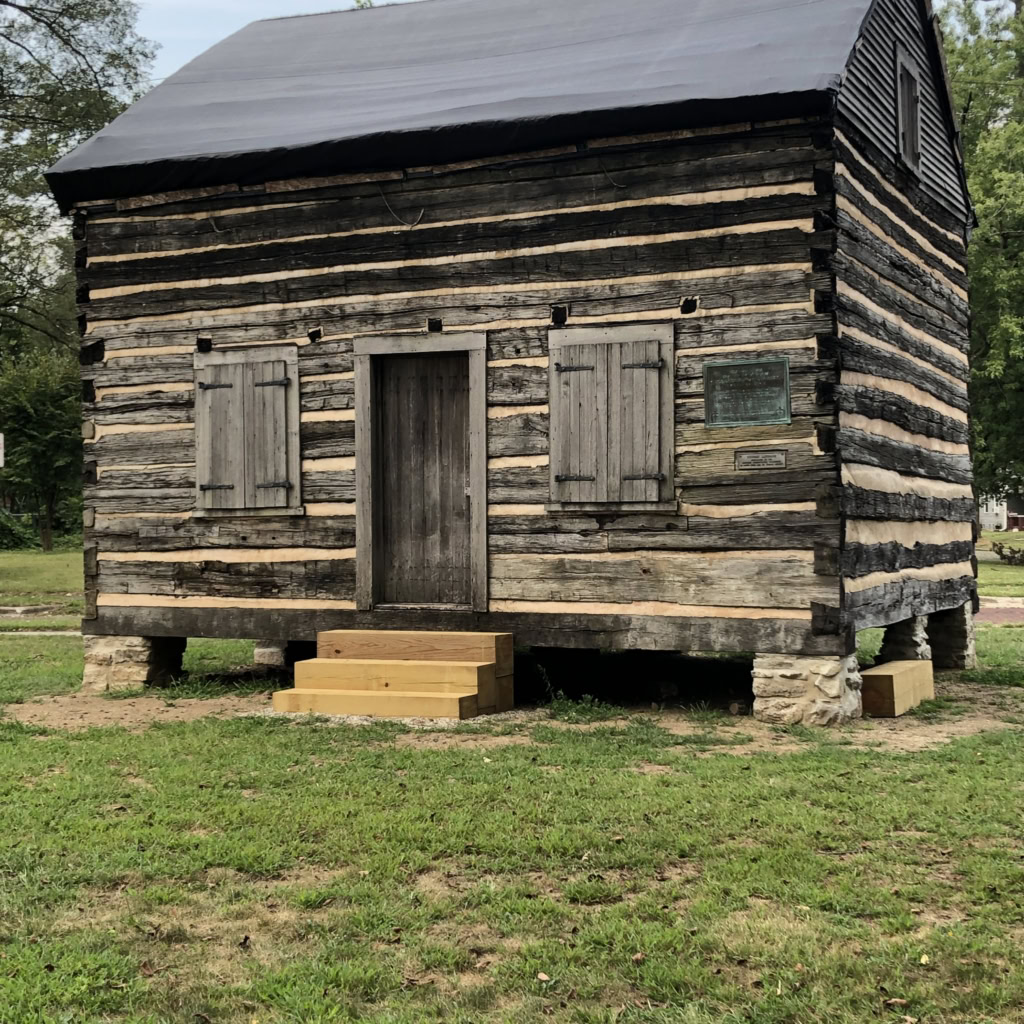
Pierre Navarre died at the home of his daughter on December 27, 1864. His body was buried in Cedar Grove Cemetery on the grounds of the University of Notre Dame. Navarre’s cabin is still standing and was previously moved to Leeper Park East in downtown South Bend; however, in 2024 the cabin was moved to the site of The History Museum in South Bend.
To learn more about Pierre Navarre and his family and search through a fantastic, annotated bibliography for researching the Navarre’s CLICK HERE
Alexis Coquillard
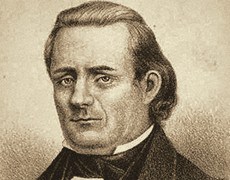
Alexis Coquillard (pronounced Co-quill-erd) established the first American home in St. Joseph County. He is usually regarded as the founder of the city of South Bend. Mr. Coquillard was born in Detroit on September 28, 1795. He served in the American forces during the War of 1812 under the leadership of William Henry Harrison. After the war, he returned to the St. Joseph Valley, where he became an employee of John Jacob Astor’s American Fur Company.
In 1823, Mr. Coquillard built a trading post on the St. Joseph River. Along with a partner, Francis Comparet, who ran an associate trading post in Fort Wayne, the two trading posts became the centers of the fur trade with the Native Americans of northwestern Indiana and southwestern Michigan. In 1824, Alexis Coquillard married Frances Comparet, the daughter of his partner.
On Monday afternoon, January 8, 1855, Mr. Coquillard was examining the ruins of his flouring mill, which had burned the previous Saturday, and accidentally fell from a beam on which he was walking 16 or 18 feet below, striking with his whole weight on the front part of his skull, crushing it in, so that he lived but about one hour. He did not speak after his fall, or give any evidence of being alive. The funeral procession, which followed his remains to the chapel of Notre Dame, showed how extensively he was respected when living, and how sincerely all mourned for him in death. During the day of his funeral, places of business in South Bend remained closed.
Lathrop Taylor

Henry M. Stull
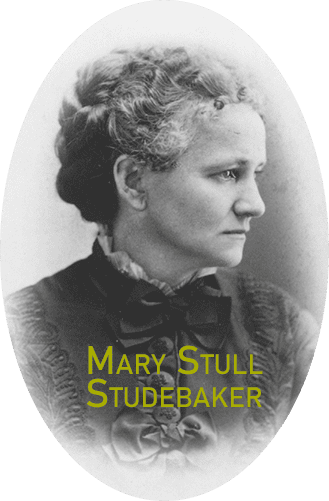
Horatio Chapin
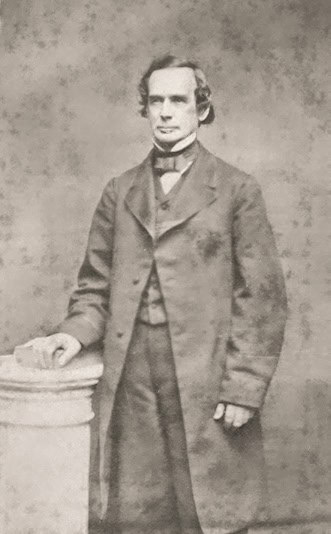
Colonel Norman Eddy
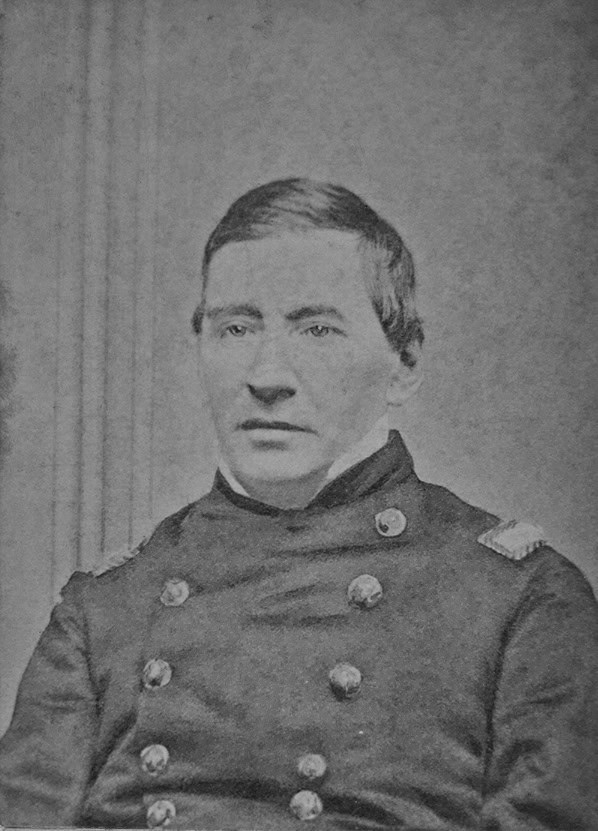
In 1847, Col. Eddy changed professions and entered the study of law. He became a lawyer in April 1847 when he was accepted into the Indiana Bar Association. Having studied law for only three years, Col. Eddy was elected an Indiana State Senator on the Democratic ticket. He was elected to Congress in 1852, having Schuyler Colfax as an opponent. Col. Norman Eddy received many governmental tasks and served the United States government in various capacities.
When the American Civil War broke out, Col. Eddy organized the 48th Indiana Regiment, of which he was appointed colonel (hence the title that he would carry the rest of his life). After fighting at Vicksburg, he resigned as disabled, having been severely wounded at the Battle of Iuka. He returned to South Bend and resumed his law career. He remained in South Bend until his death on January 28, 1872.
Judge Thomas Stanfield
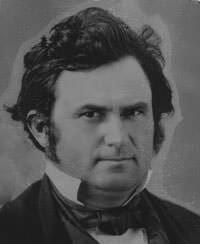
“Young as I was, I was charmed with the natural beauty of this country. It was distinguished as oak openings, thick woods and prairie. At this time, hardly a furrow had been turned upon the prairie; a few cabins were scattered around in the oak openings bordering the prairies.”
When he became a young adult, he was South Bend’s first assistant postmaster. He studied law in the office of Judge Samuel Sample and was later made a judge of the 9th Judicial Circuit Court of Indiana. Judge Stanfield was an early judge in Indiana and had to travel over eleven counties, holding court. While working as a circuit judge, he became instrumental in attracting the railroads to build in the new territory of northern Indiana. Judge Thomas Stanfield died on September 12, 1885.
Almond Bugbee
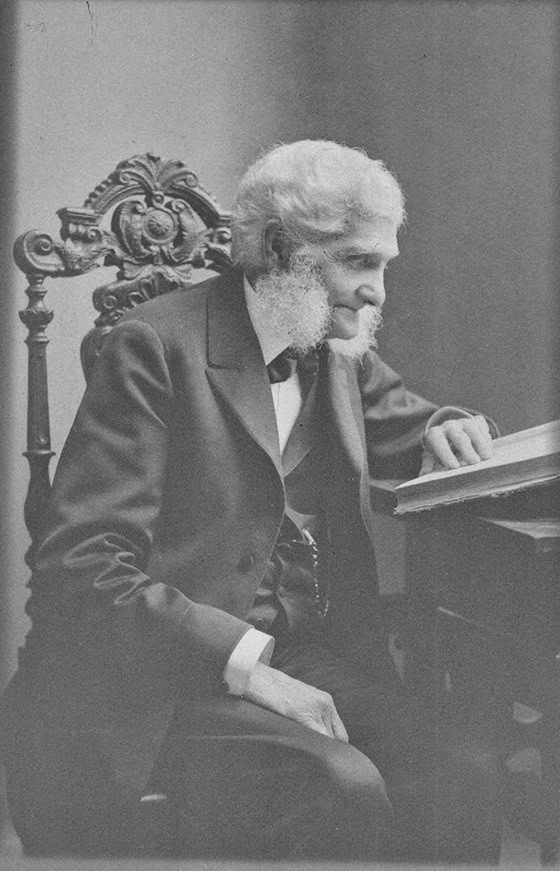
Almond Bugbee married Adelia Ann Crocker of South Bend, and they had one son, Willis A. Bugbee. Almond married again after the death of Adelia in 1861, to Mary P. Moody. Mr. Bugbee was against slavery and helped Black slaves to escape from the South. His home was a station on the Underground Railroad. Runaway slaves would come to Mr. Bugbee’s house in the early morning, would hide all day, and, at nightfall, he would direct them to the next ‘‘station.’’ Almond Bugbee served the community well and was mourned at his death on May 24, 1904.
Users may download material displayed on this site for noncommercial, educational purposes only, provided all copyright and other proprietary notices contained on the materials are retained. Unauthorized use of the Northern Indiana Historical Society d/b/a The History Museum’s logo and Web site logo is not permitted. The contents of this site may not be used for commercial purposes, without written permission of the Northern Indiana Historical Society d/b/a The History Museum. To obtain permission to reproduce information on this site, submit the specifics of your request in writing to Director of Marketing & Community Relations, The History Museum, 808 West Washington Street, South Bend, Indiana 46601 or If permission is granted, the wording “provided with permission from the The History Museum” and the date must be noted. However, permission is not required to create a link to the The History Museum’s Web site or any pages contained therein.

